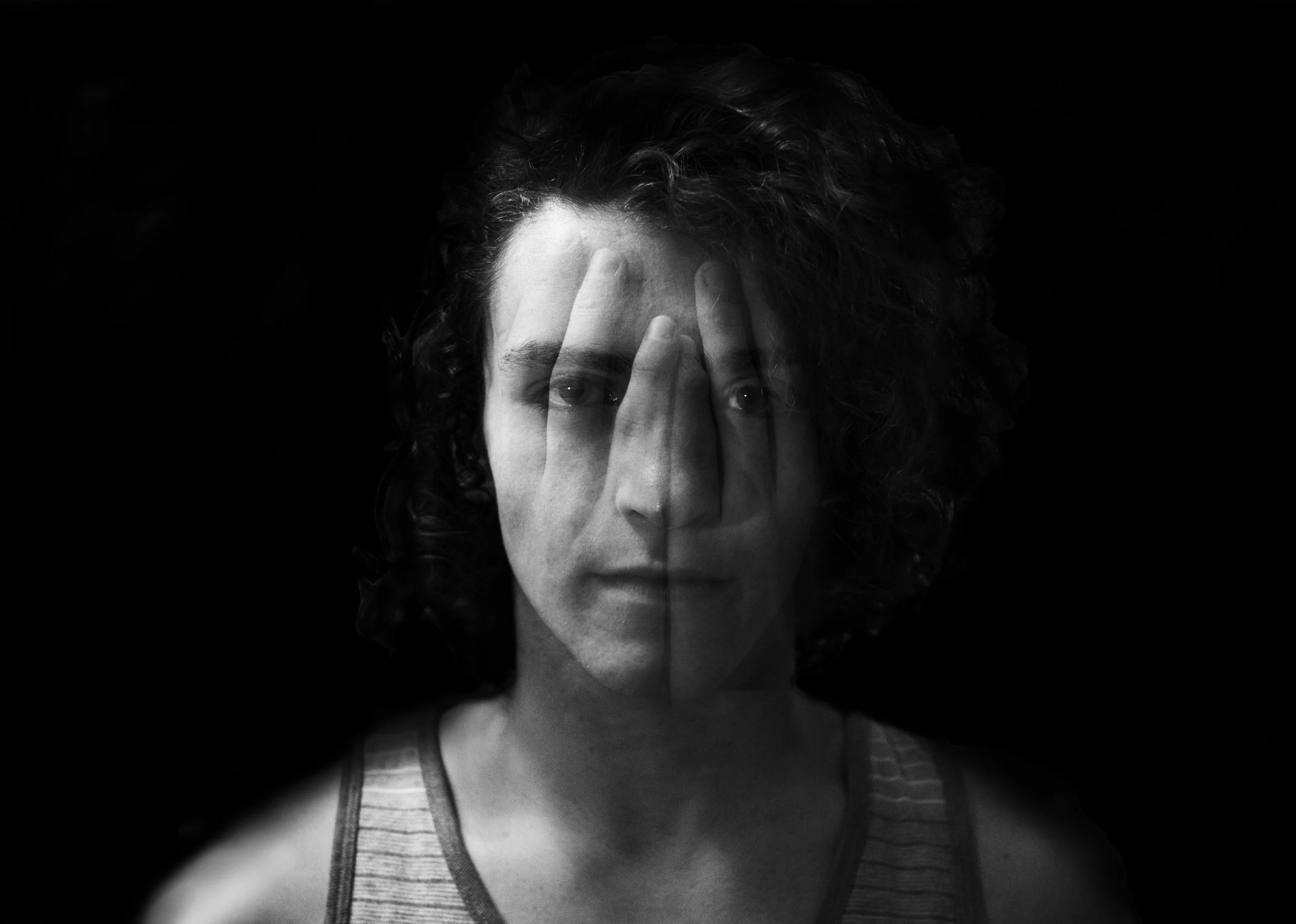Dr. Clarissa Gosney, PsyD was featured in SDVoyager Magazine to highlight her work with treating anxiety and selective mutism.
Doubt and Dysfunction in OCD
Johns Hopkins Medicine recently highlighted Gerald Nestadt, Psychiatrist, who has studied and treated patients with OCD for the past 30 years. He has found strong evidence for a biological basis for OCD, while he acknowledges that one’s environment also plays a role. Recently, Gerald Nestadt has been studying the role of doubt in OCD. He has found that the more self-doubt one has, the more dysfunctional their OCD tends to be. For instance, one does not simply act on an obsessive thought (compulsion) for the sake of performing the act, but out of their own self-doubt that they had performed the act correctly or thoroughly enough.
We know that with OCD, the behaviors (compulsions) are performed in an effort to reduce one’s own anxiety. This may work for the short-term, but anxiety is not decreased overall unless the person is able to resist acting out on their compulsions. At Pinnacle CTC, we guide clients through this process by using Exposure with Response Prevention (ERP). ERP is not only effective in the treatment of OCD, but for many anxiety disorders as well.
Learn more about the Conditions We Treat and other information on the Evidence-Based Treatment modalities we offer at both our San Diego and Murrieta, CA offices.
Read the full article.
Save the Date!
"Anxiety is the work of a strong, healthy brain that’s a little overprotective" - Karen Young
Selective Mutism: What it is and What it is NOT
Selective Mutism (SM) is an anxiety disorder that begins early in a child’s life, where the child consistently feels unable to speak to certain people or in certain situations in which speaking is expected (such as at school or in the community), while speaking freely in other settings (such as at home).
Could your child have anxiety? How anxious children are often mislabeled and lost in the mix.
There is no age limit on stress and anxiety. The truth: anxiety looks different in kids! Anxious children are often mislabeled and misdiagnosed (and sometimes inaccurately medicated). Here, you can learn how anxiety, trauma, or stress may look in a child. This information is not just for parents, but can be extremely helpful for educators! Feel free to share with a parent or educator you know.









